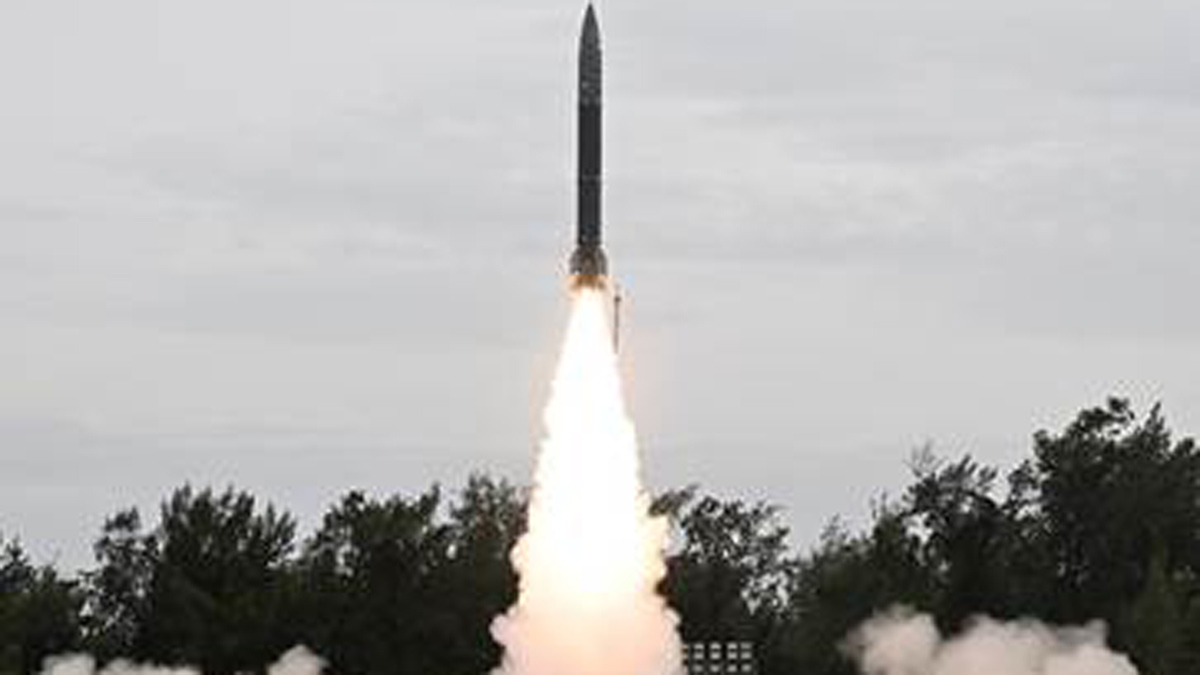Precise, deadly: India's Pralay missile destroys targets with pinpoint accuracy in DRDO tests

The DRDO (Defence Research & Development Organisation) conducted two consecutive successful flight-tests of India's Pralay missile as part of user evaluation trials to validate the maximum and minimum range capability of the weapon system.
Pralay is an indigenously developed solid propellant quasi-ballistic missile, equipped with a highly advanced guidance and navigation system, ensuring high precision.
During the tests carried out on Monday and Tuesday at Dr APJ Abdul Kalam Island, off the coast of Odisha, the missiles precisely followed the intended trajectory and hit the target point with pinpoint accuracy, meeting all the test objectives.
The defence ministry stated that all subsystems performed as expected. These were verified using test data captured by various tracking sensors deployed by the Integrated Test Range, including instruments deployed on a ship positioned near the designated impact point.
ALSO READ: Inside 'Exercise Divya Drishti': Indian Army's push for advanced military technology in warfare
Developed by Research Centre Imarat in collaboration other DRDO labs—Defence Research & Development Laboratory, Advanced Systems Laboratory, Armament Research & Development Establishment, High Energy Materials Research Laboratory, Defence Metallurgical Research Laboratory, Terminal Ballistics Research Laboratory, Research & Development Establishment (Engineers) and ITR— and industry partners Bharat Dynamics Limited and Bharat Electronics Limited and others, the missile is capable of carrying multiple types of warheads against various targets.
Defence Minister Rajnath Singh has hailed DRDO, the armed forces and the industry for the successful flight-tests, saying the missile, equipped with modern technologies, will give a further technological boost to the armed forces against all threats.
Secretary, Department of Defence R&D and DRDO Chairman Samir V. Kamat observed that the successful completion of this phase-1 flight tests paves the way for induction of the system into the armed forces in the near future.
Defence